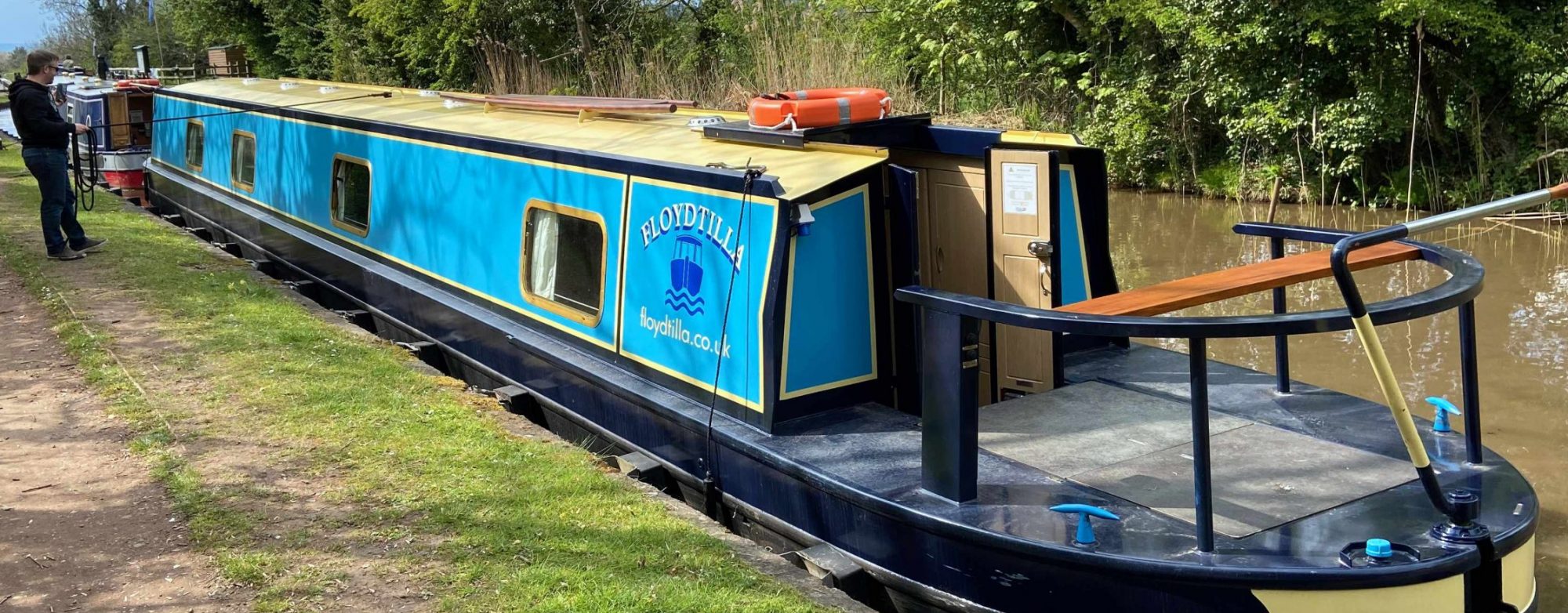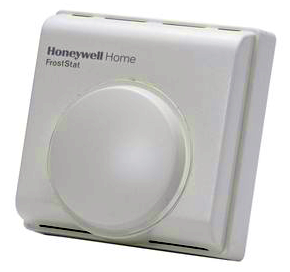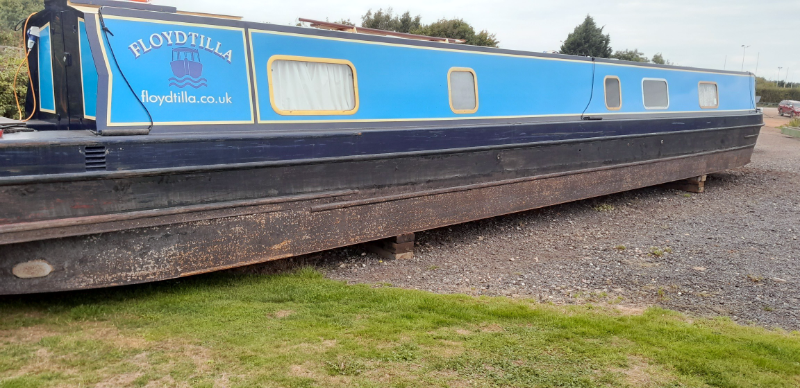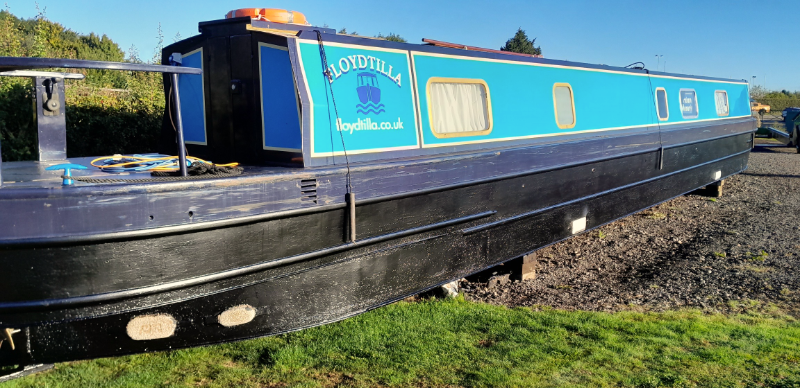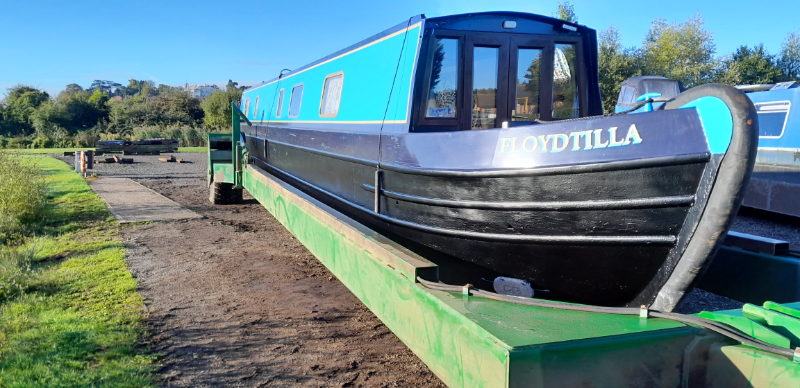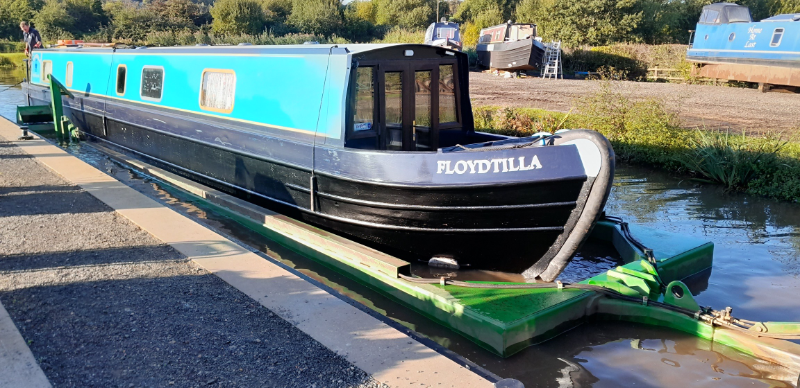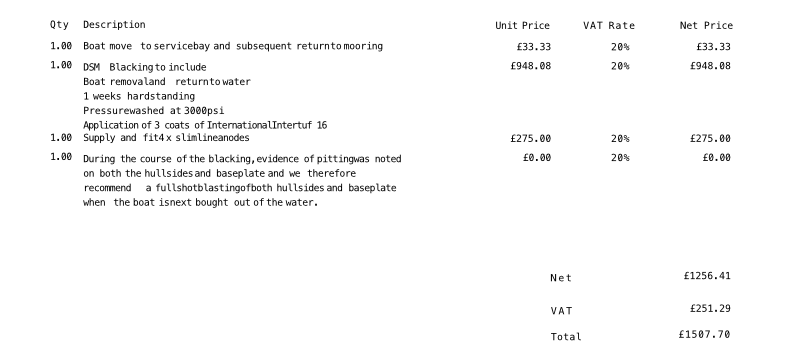Finding the simplest solution
This seems to be the biggest problem we have is knowing when the tank is nearly full, we know. when it is full the the toilet will not flush away.. but that always seems to late and always always after we have passed a pump-out point a few miles back.
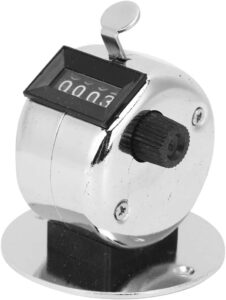
So I have looked at sensors I can add to the tank, sensors that need to be put in the tank seem to be a bad idea, I would have to make a hole in the tank to fit them and anything floating in poo is probably not going to be reliable for long.
I have looked has ultra sonic style sensors, but most of these do not like a stainless steel tank, or are extremely expensive.
So our current solution is as simple as it can get, we know the rough capacity of the tank 545 litres , and the volume of a flush is 4 litres, if we add a little extra for the solid and liquid waste 1 litre, we can estimate the number of flushes we can do before we get to ¾ full. NOTE: These are estimated volumes based on the manual we have, we also have to remember a pump-out is never 100%, there is always some residual waste left in the tank.
| Holding tank size | 545 L |
| Water used per flush (seen est. 2-4 L per flush) | 4 L |
| Waste products per flush | 1 L |
| Total per flush = | 5 L |
| Max number of possible flushes (545/5) = | 109 Flushes |
| ¾ Full flushes | 82 Flushes |
At this point we want to start looking for a pump-out, so from Amazon.co.uk we have ordered a clicker counter/tally counters that we will press each time we flush.
The cost is about £5-£8 I went for the one with the base plate so it can be left on the shelf above the flush button..
We will let you know how we get on with this, it is all estimates at the moment!
